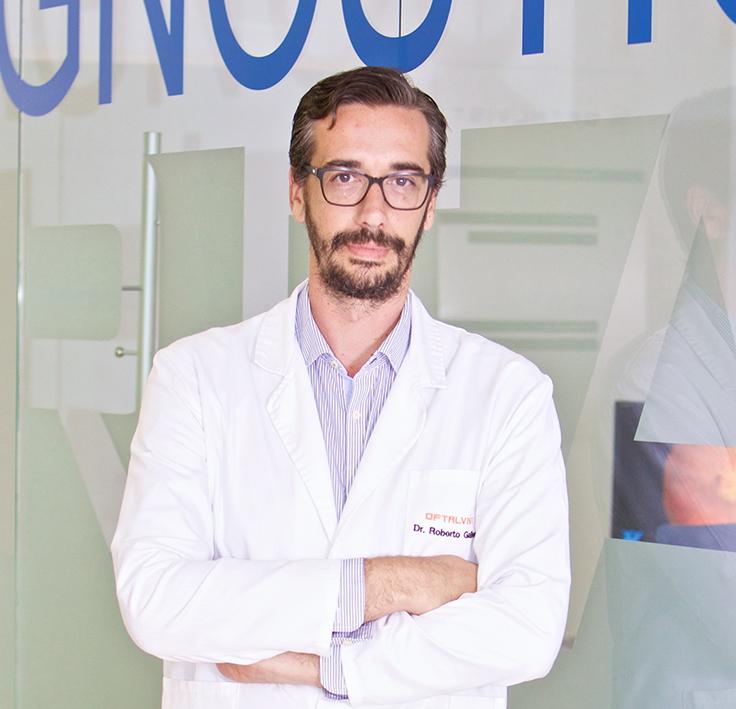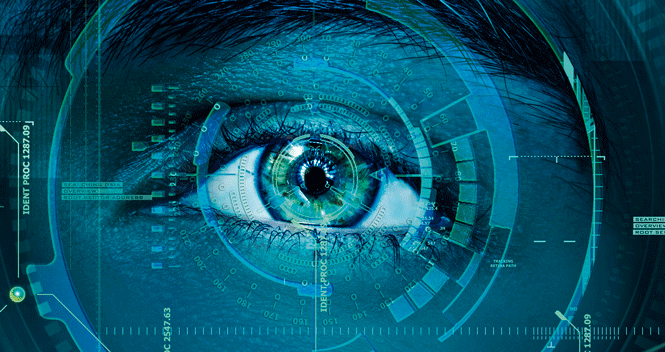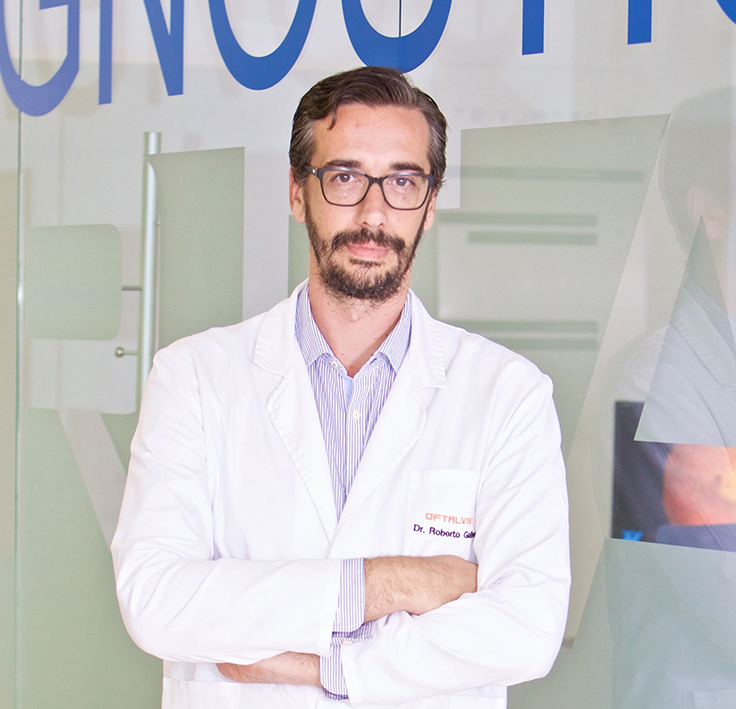
Dr. Roberto Gallego-Pinazo, an ophthalmologist in the Ophthalmology Service at the Hospital IMED Valencia.
“Excellence in the diagnosis of eye health problems involves the technification of the care”
The evolution of ophthalmology in the diagnosis and therapy areas has been overwhelming in recent decades. Today, it is one of the medical specialities that have experienced the most significant evolution over the past two decades. The implantation of new technologies in the daily routines is providing new tools, for example, to monitor eye pathologies, which improve patient diagnoses and treatments.
The role of the optician, optometrist and ophthalmologist has been transformed into that of an expert in health, but also, an advisor.
The performance of tasks related to eye health care by opticians and optometrists, supervised and working alongside ophthalmologist doctors, brings an added value of proximity, immediacy and comprehensive care for patients. Both professions are recognised by the Organic Health Law as healthcare professionals, but it is true that opticians-optometrists are not authorised or legitimated to establish diagnoses or to propose treatments for eye diseases. For this reason, it is imperative for the two profiles to become integrated and to work together therefore, to avoid unnecessary problems and confusions. This line of joint collaboration seeks to ensure that the greatest beneficiary, at all times, is the patient.
The new technologies work in favour of early detection. Which techniques or instruments would you underscore in this area?
The main progress in early detection of eye diseases is represented by optical coherence tomography (OCT), a diagnosis system that makes use of the behaviour of light on entering the eye and bouncing off its structures to the outside. It allows any structural change to be identified a long time before a disease as such even exists. Additionally, multiple diseases have been described, particularly neurological, in which the changes in the structures in the eyes can be detected with this test and therefore, an early diagnosis can be given. Furthermore, the Angio-OCT technology without contrast, allows the changes in the vascular structure of the macula to be observed in patients with diabetes long before there are any signs related to the affectation of the retina.
Robotics, 3D… what point of innovation has the sector reached?
Eye surgery is evolving at great speed. Currently, there are 3D viewing systems – using external screens, to carry out operations, such as cataracts, with an improved viewing by the surgeon and the personnel assisting in the operation. This three-dimensional view brings added value by operating under the light of a microscope. Robotic methods are under development and there are already scientific publications that are starting to demonstrate the value of robotic systems to assist surgeons.
In Kenya, an app has even been trialled to carry out a visual examination using a mobile phone.
Yes, but you don’t need to go to developing countries to discover the incredible worth of these mobile phone applications to carry out self-examinations. There are certain regions in Spain where the population finds it very difficult to visit medical centres on a regular basis. Therefore, the development of techniques that could allow patients to have instruments on their household devices that monitor the changes in their sight is a great help for the prevention of diseases. With this system, they will manage to ensure that the patient visits the health centre when he or she really needs care.
Technologically-speaking, what do you think the future of the sector will be?
Artificial intelligence (AI) is already a reality. In fact, by just taking a photograph of the back of the eye, it allows the gender, age, risk factors or the presence or not of diseases to be discovered in a patient. This is an enormous advance. In spite of what many consider, AI is not going to take over from the doctors themselves, but rather it is going to become a support to homogenise criteria and vital help to streamline consultation times. Parallel to this, regarding the technology, ophthalmology is one of the medical specialities that have seen the greatest evolution in this field. In the health centres, there are many new diagnosis systems in use. In the end, I consider that the excellence in the diagnosis of eye health problems involves the technification of the care. We have very recent diagnosis elements and tools that help us, exclusively, to know whether there is a pathology on the patient’s optic nerve, in the retina… or not.
What is the most common eye disease in Spain?
In Spain, the most frequent is the irreversible loss of sight due to age-related macular degeneration. Its frequency increases exponentially, firstly from 65 years of age and then from the age of 80 years onwards. On the other hand, cataracts also make up another frequent cause of loss of sight. In this case, it is reversible thanks to operations. Finally, we must talk about myopia, called magna, of over six or seven dioptres that can cause changes in the retina. But also about the concerning increase in more common myopia in the younger generations. This group is making their sight get used to working at greatly reduced distances, for example, when using tablets or mobile phones.
And how can people reduce the incidence of these pathologies?
In disease such as age-related macular degeneration, the most important factor is to have checkups with the specialist in ophthalmology to see if there are any incipient changes or risks that we can improve. And in general, there are three basic pillars that must be adopted as new habits: stop smoking – it is associated to the appearance of cataracts and other pathologies; eat a healthy diet – the Mediterranean diet reduces macular degeneration, and spend time outside the home to reduce problems of myopia, always protecting your eyes against the sunlight.
Who is?
Dr. Roberto Gallego-Pinazo is a graduate in Medicine and Surgery from the University of Valencia. Gallego-Pinazo started his residency in Ophthalmology in 2004. Since then, he has been constantly furthering his training. He is a Doctor in medicine from the Faculty of Medicine and Dentistry and his passion has been widely acknowledged, amongst others, with the Arruga Prize and the J. Fernando Arévalo Award to the best track record for researchers of under the age of 40 years in Spain and Latin America.






